AC Milan may well have prevailed in their battle against Spurs on the field, but away from the pitch there is plenty they could learn from a traditional club that is constantly modernising.
By now Milan’s plans to build a new state of the art stadium are well known having launched a project along with Inter in 2019, but with the change of ownership to RedBird Capital there seems a desire to accelerate the process and even go it alone if necessary.
The latest strong rumours involve a potential move to La Maura racetrack which is around 1.5km to the north of where the San Siro currently stands. As the Mayor Giuseppe Sala confirmed earlier in the week, a proposal regarding the site is expected from the Rossoneri leadership in three weeks.
When Milan were drawn against Spurs in the Champions League last 16 there was no doubt a great deal of excitement that spread among the management at Milan as the opportunity had arisen to view a virtually brand new world class stadium up close.
Our writer Oli Fisher was lucky enough to be invited along as part of a Milan delegation to get a behind the scenes look at what makes the new Tottenham Hotspur Stadium so special, and what firmly establishes it in the top few around the world.
Points of comparison
The most obvious place to begin is the points of overlap between Spurs and Milan, which make the dream of having a similar home for the Rossoneri feel a bit more tangible.
Starting with the tradition, Tottenham are a team that are deeply rooted in the area that they are from, which goes by the same name. As is well known, the Tottenham Hotspur Stadium – which opened in 2019 – was built adjacent to the old White Hart Lane.

This is not too dissimilar to the idea that Milan and Inter have/had to construct a new structure right next to the existing San Siro, even having them virtually co-exist for a while, and Spurs have proven that it is a process which can work with the right forward planning.
White Hart Lane was the home of Spurs. Fans of the Lilywhites had been walking up the High Road to attend games there for generations. In fact, there is nobody alive who remembered them having a different home from ‘The Lane’ aside from Wembley, given it served from 1899 to 2017.
Milan meanwhile have called San Siro their home for coming up to 100 years having played their first game there in 1926 and every home match since at the Stadio Giuseppe Meazza aside from a spell at the Arena Civica during World War Two (1941-1945).

Spurs therefore are a club with a proud history and a historic home that many tens of thousands of fans felt a strong sentimental attachment to and no doubt had strong doubts about leaving in favour of a shiny spaceship-looking object next door. Sound familiar?
Points of difference
The new stadium has seen Spurs pull well clear of Milan in terms of their development off the field, if they weren’t already far in front given the riches of the Premier League.
Some interesting numbers emerged as part of the visit to N17: the top 20 clubs in the world by financial value averaged €68m in stadium revenue over 2021-22 and only five clubs exceeded €100m, one of which was Tottenham.
Milan meanwhile netted a meagre income of €32m from San Siro which is less than a third of what Wednesday’s opponents get, owing to the fact that the two clubs pay rent to the council as part of their use of the Meazza and there simply aren’t the same opportunities to generate revenue.
A point that proves this is the revenue generated per seat at San Siro which stands at €634.20 per season, which less than half of Spurs’ new ground where the income per seat per season stands at a whopping €1,310.50.
In general, Spurs reported revenues of £444m (€500m) in the 2021-22 financial year, marking a 23 per cent year-over-year increase, while Milan also recorded an increase from the previous year but stood at €265m which was close to half.
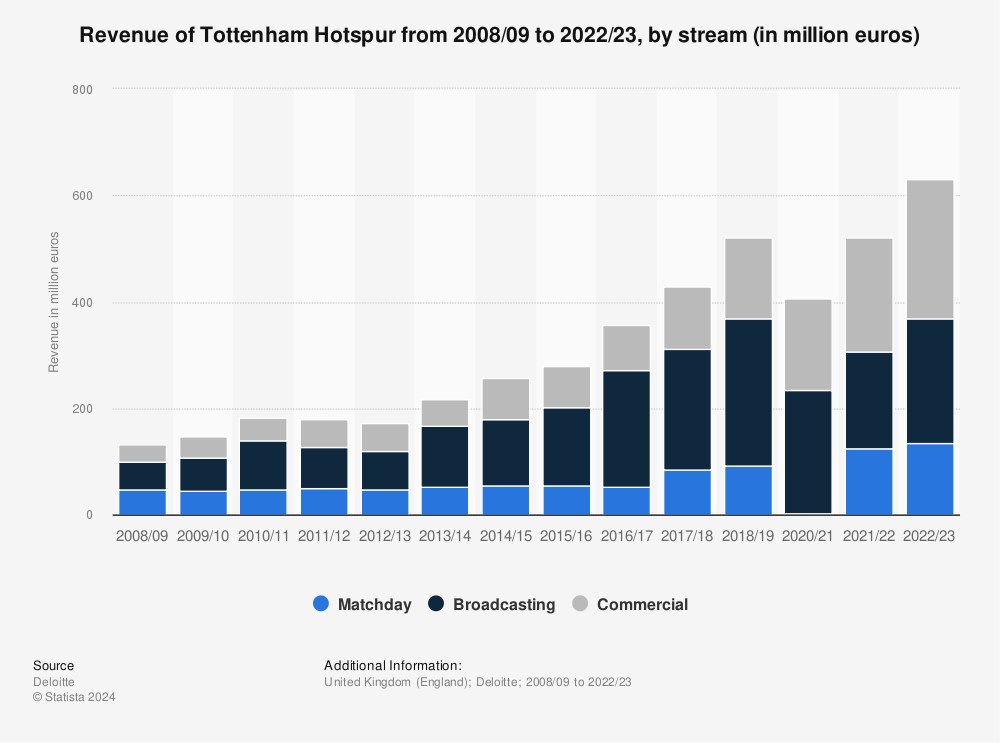
The concept
One thing that our guide Richard Knott made very clear from the beginning is that Spurs did not just want to build a football stadium, they wanted to construct an events centre that had a real impact for the community.
Football matches are of course the life and soul of the stadium, but when considering Spurs on average will play somewhere between 20 and 30 home games per season there, it leaves well over 300 days where there is nothing on.
That is why Tottenham’s new stadium was built with various features that enable it to be more than just a football ground. It has a retractable pitch, allowing for American football matches to be hosted there with a guarantee from the NFL that they will get two games per season there.
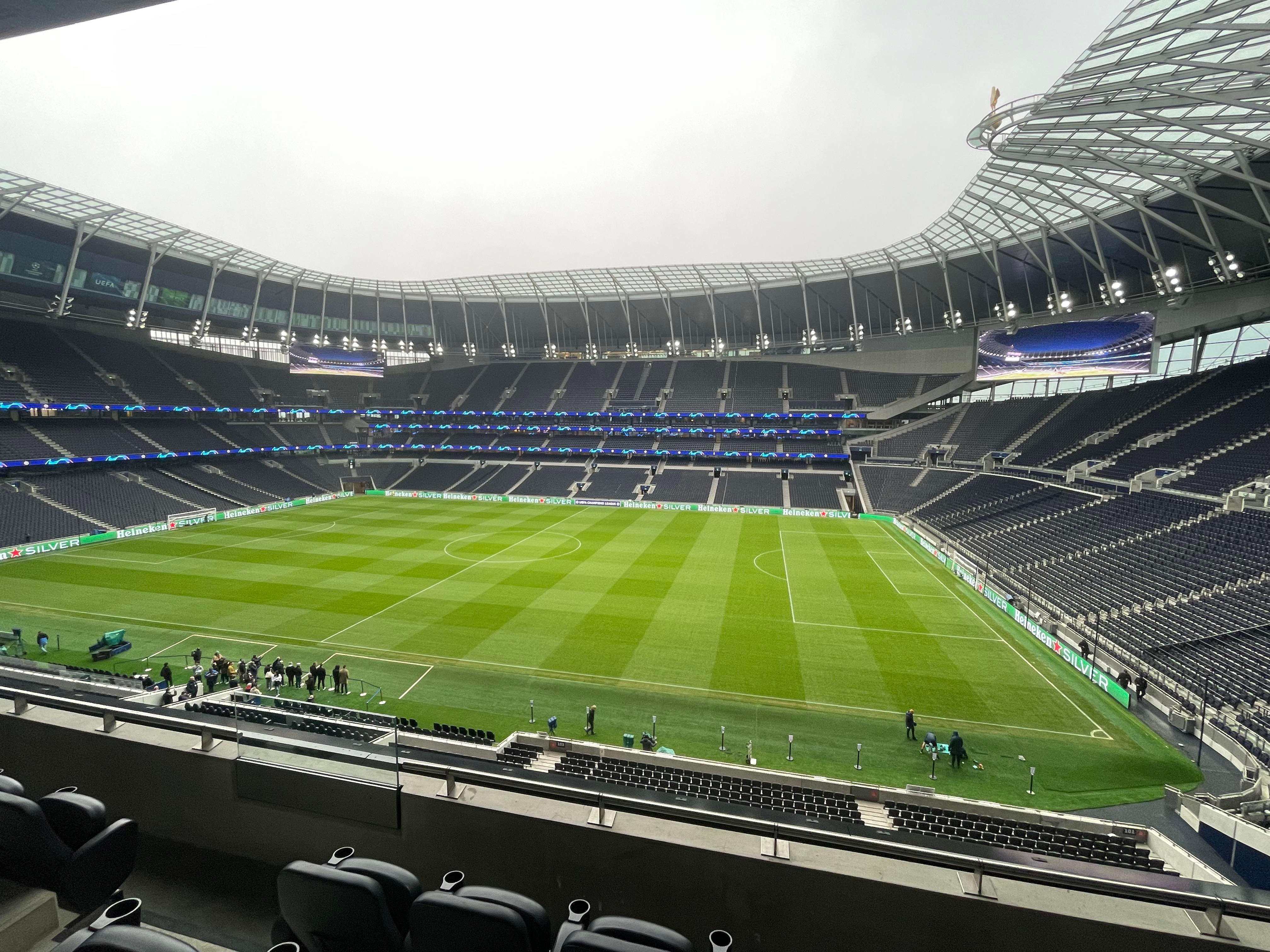
It is also capable of holding large-scale concerts and other events with all of the amenities and concessions to cater for every kind of visitor, each of which we will dive into more further on.
Another concept stressed by Richard was that the stadium didn’t just have to work for Spurs, it had to work for the community they have been so proud to be part of for over 100 years. The new ground has provided a boost to the local economy, having created 500 new jobs since the demolition of the old White Hart Lane.
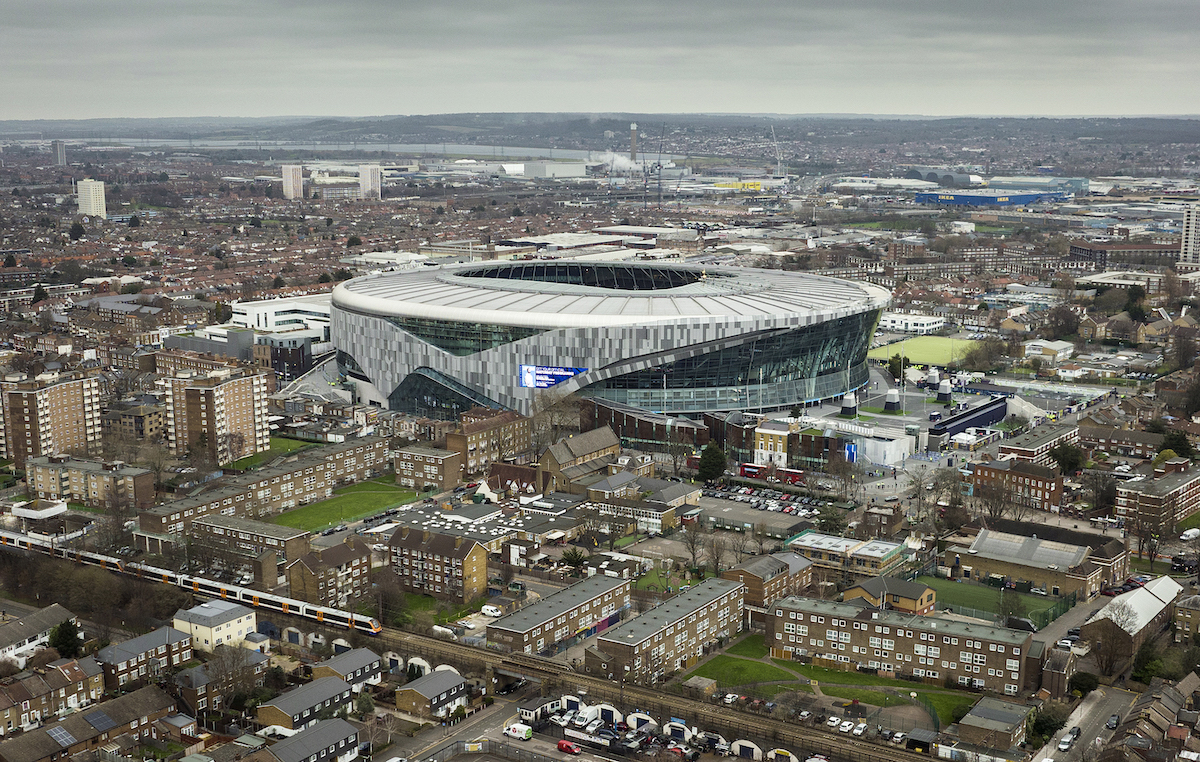
House prices in the immediate vicinity of the new ground have also risen by 12.1% since its opening as per a report, and there has been an active encouragement for fans to use the local business such as bars and shops around the stadium to help them too.
There are over 200 nationalities and languages in the area of Tottenham. They could have moved to another area of the city – as the club spokesperson admitted – but they chose to stay. One of the first things they did was start to acquire properties around the stadium with the idea of regenerating the area.
Why is this so important? While Tottenham now has a spaceship-looking object right in the middle of it, it remains one of the most deprived areas of London and that is why the club feel such a responsibility to make a real difference and to maintain a connection with the people of the borough, as they have had since 1882.
Features
Costing €1bn euros, Tottenham’s new stadium is the second largest in England behind only Manchester United’s Old Trafford (74,879). It took two years to complete, and it has a huge South Stand that can seat up to 17,500 fans, making it the largest single stand in the UK, behind only Borussia Dortmund in Europe.
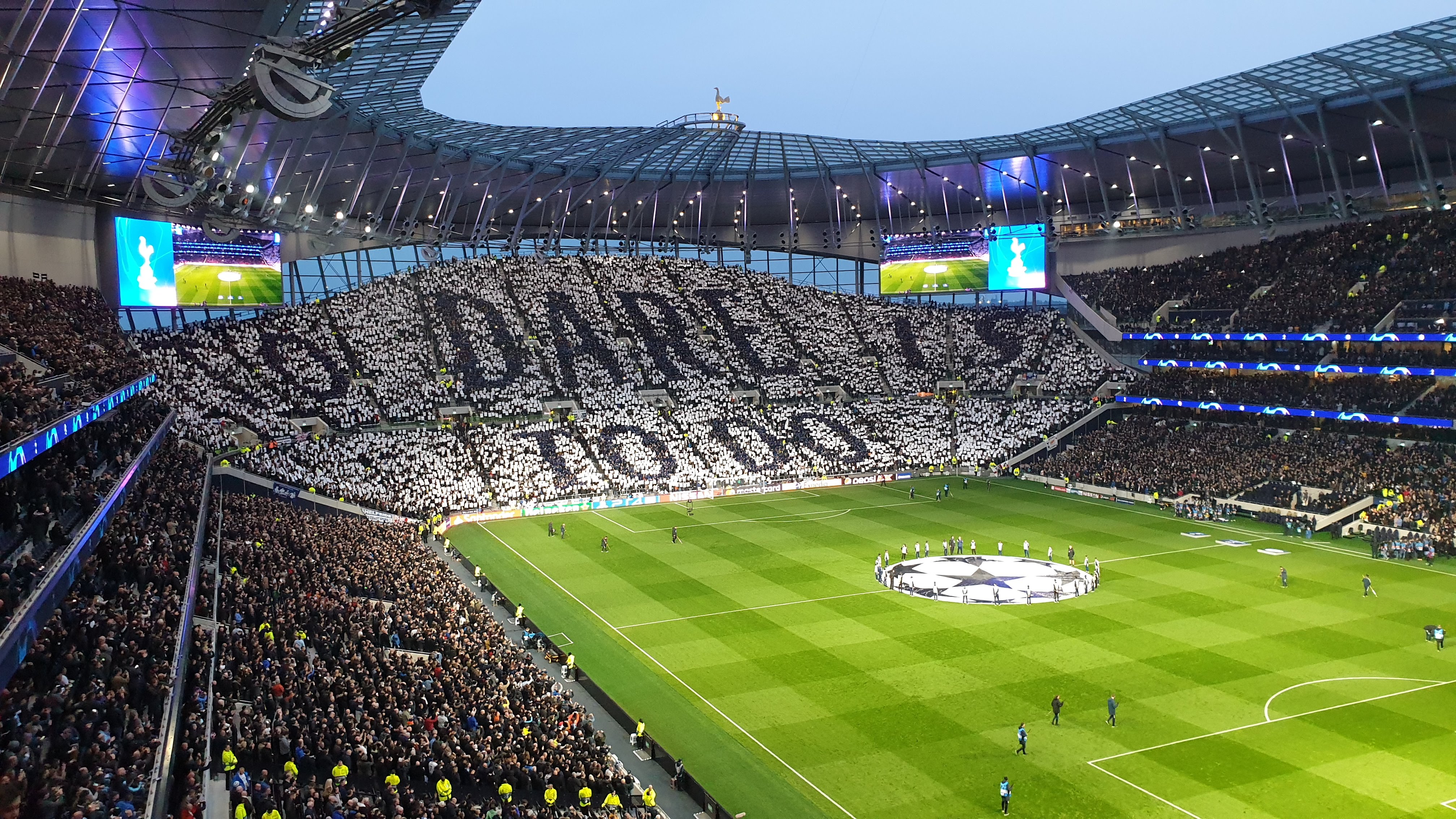
On the site of the old stadium Spurs built the largest football club shop in Europe – 2,136 square metres to be exact – which helps to bring to life what has been named the ‘Tottenham Experience’.

During the tour given by Spurs they were proud to point out some of the amazing features of the stadium, starting with the aforementioned technology right at ground level on the pitch.
The playing field for football splits into three and retracts under south stand in a process which takes 25 minutes. This allows the AstroTurf pitch underneath to slide out for use in the NFL games that are held there, while there is also a base floor for concerts.
To remove the turf, there are 68 motors running along a track system. The lawn is placed in a warehouse and the time limit for storage is ten days because after 240 hours, the grass begins to get damaged.
What this enables the club to do is host many third party events without logistical nightmares. A good example of this is the fact that Lady Gaga played to a sold-out crowd there four days before Spurs’ first game of the 2022-23 season.
Looking up, there are four screens in each corner of the stadium which allows fans in every seat to have a great view of the digital display. The two which are on the same side of the field as the tunnel are actually the largest of their kind in Europe.

Richard pointed out the golden cockerel that adorns the South Stand – a 4.5m tall replica of the original iconic cockerel that once sat on top of White Hart Lane. The club worked with ‘London Mould Makers’ to create a CD scan of the original sculpture, which was first seen in 1909.
The Skywalk enables fans to walk on the roof and around the cockerel which means the stadium has another visitor attraction to generate revenue and maximise its use, and you can even abseil off the back if you feel brave enough.

At the northern end of the ground there is the Sky Bridge, an exciting and unique space that offers spectacular views over the pitch and will be activated as part of the next phase of developments within and around the stadium.
The structure is supported by the stadium’s cable net roof and is made up of 287 glass sections and 810 cassettes consisting of metal and acoustic panels facing the bowl and a membrane facing the sky. It will soon house a restaurant.

Moving into the matchday amenities, everything is geared around the fan experience. There are multiple different types of kiosk including the ‘Tap Inn’ for beer and pastries (seen as synonymous with English football) as we as chicken shops, naan and noodle places and other refreshments on offer.
Another record-setting innovation is the Goal Line Bar, which is actually the longest bar in Europe at 60 metres. It has over 50 staff working on it during a matchday to ensure fans are served efficiently, spanning from corner flag to corner flag in the South Stand.

What do they serve? In addition to the usual lager on offer the club have also teamed up with Beavertown who originate from Tottenham and have their own pub across the road. They offer a beer called ‘One Of Our Own’ which is exclusively available inside the stadium and is brewed in a £1m microbrewery that fans can look into.
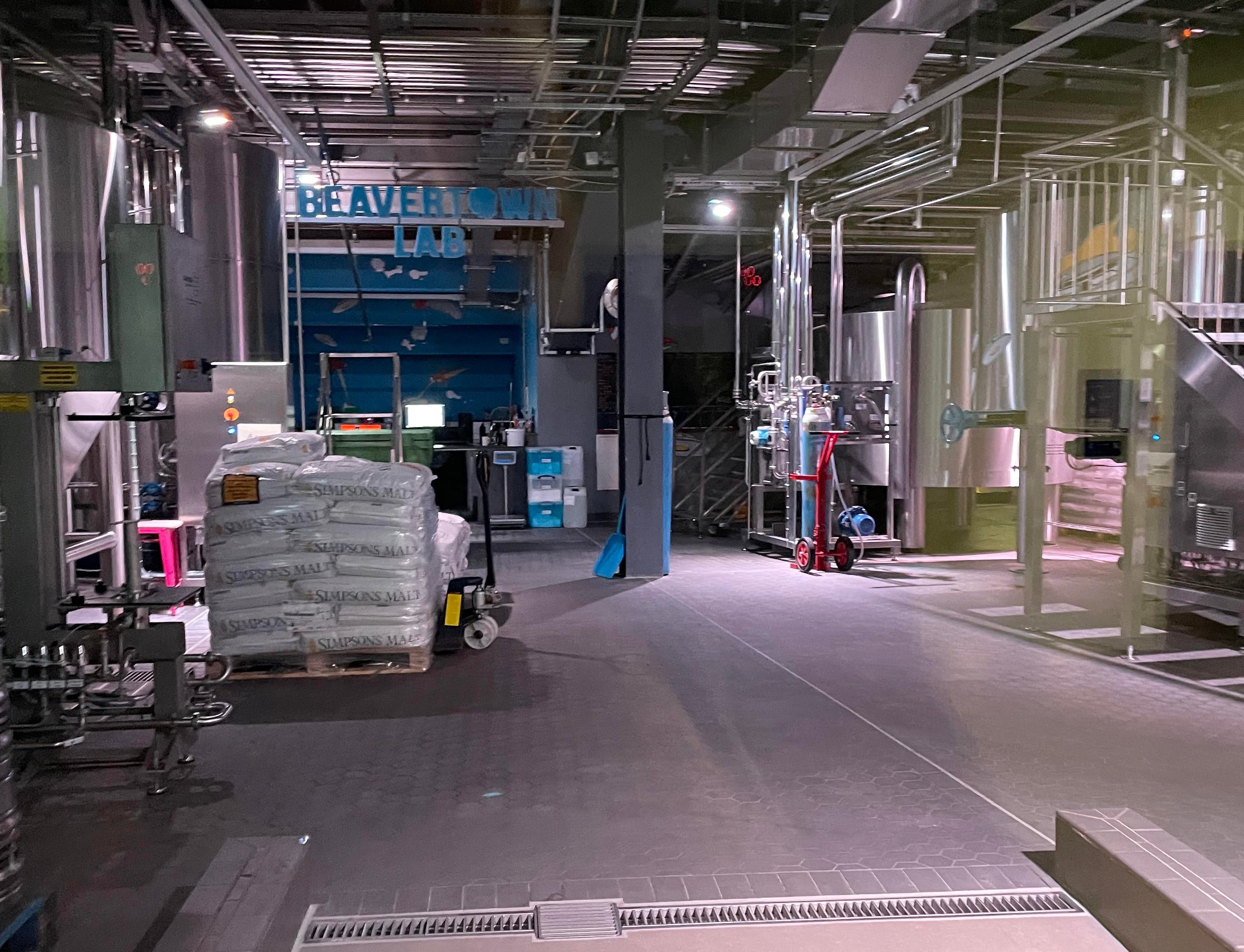
Just outside the southern end there is an area called Park Square, a large open public space the size of Trafalgar Square where there are a number of stalls serving a variety of food, drinks and other products on a matchday.
Then, there are the various corporate suites and hospitality options that mean every kind of desired game experience is catered for.
The H Club: Costing £30,000 in membership fee with a minimum term of multiple years – and then £15,000 per season per seat – this is the most exclusive experience on offer. There are 178 seats mostly taken by high net worth individuals.
Five or six different experiences are available within the H Club from fine dining with Michelin star chefs to The Vault wine bar and the Players Bar. Outside there are heated seats with USB ports, and the floor is carpeted outside to ensure the luxury does not stop.

Sideline Suites: Moving down a level, the Premium Suites offer a more casual matchday experience with inclusive dining options. Each suit can accommodate up to 12 guests with the flexibility to increase the capacity up to 18 on a match-by-match basis.
In addition, each room is a fully customised private facility which means the owner is able to design how they want the space to look, with help from Spurs’ in-house interior design specialists if they need it.
Glyn Hopkin’s suite is a good example of this. The car dealership owner bought two instead of one, and knocked through the dividing wall to make one larger suite, using the help of the club to get his memorabilia properly displayed.
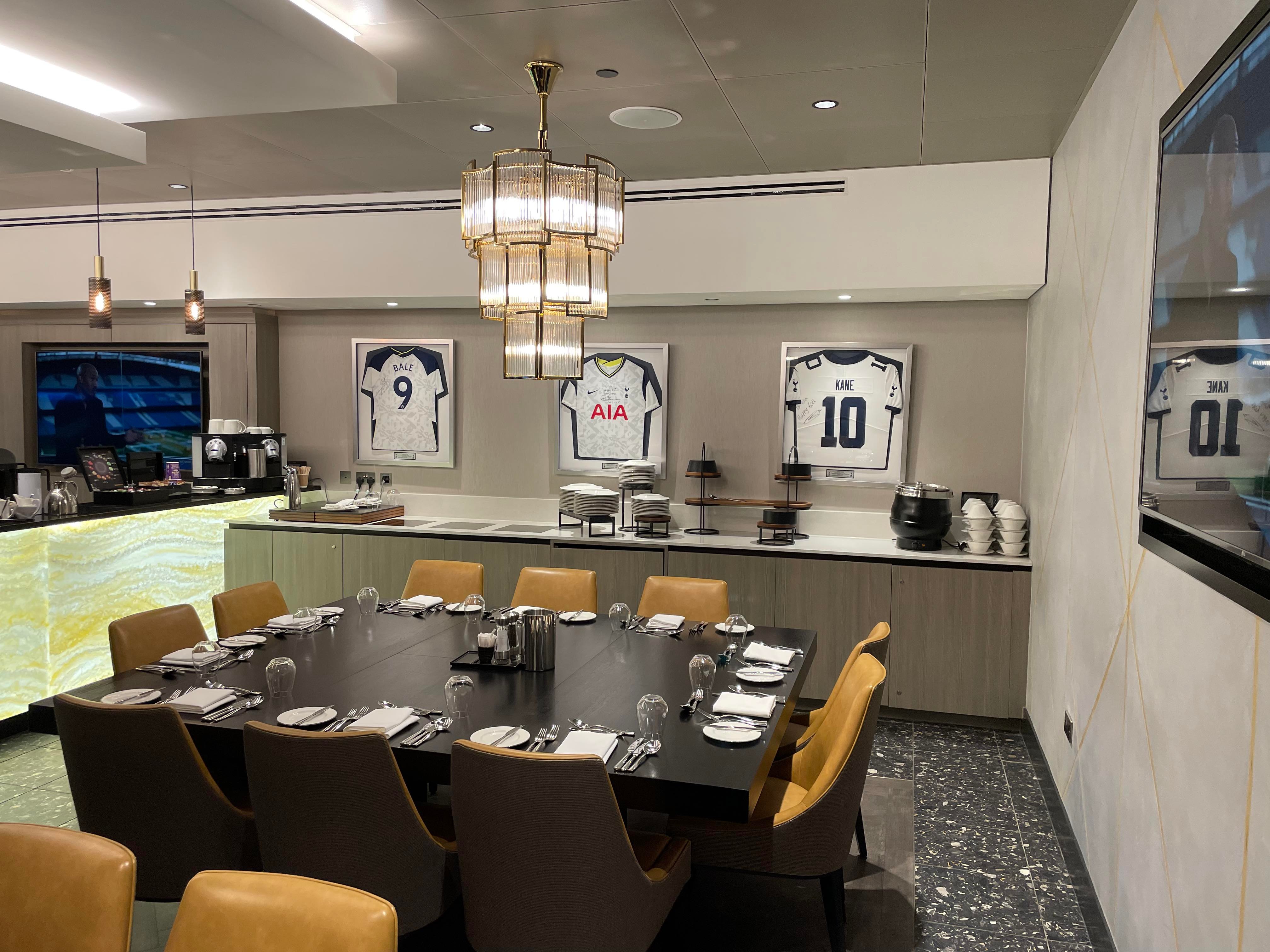
Loge Suites: A first in UK stadia, the Loge Suites offer the personalised dining experience of the private suites mentioned above, but with ambience of a restaurant and bar. This allows fans to enjoy an intimate dining space with the opportunity to mingle and network with other guests.
The Tunnel Club: The main feature of this space is the glass-walled restaurant and bar area which quite literally allows fans to look into the tunnel as the players enter/come off the field.
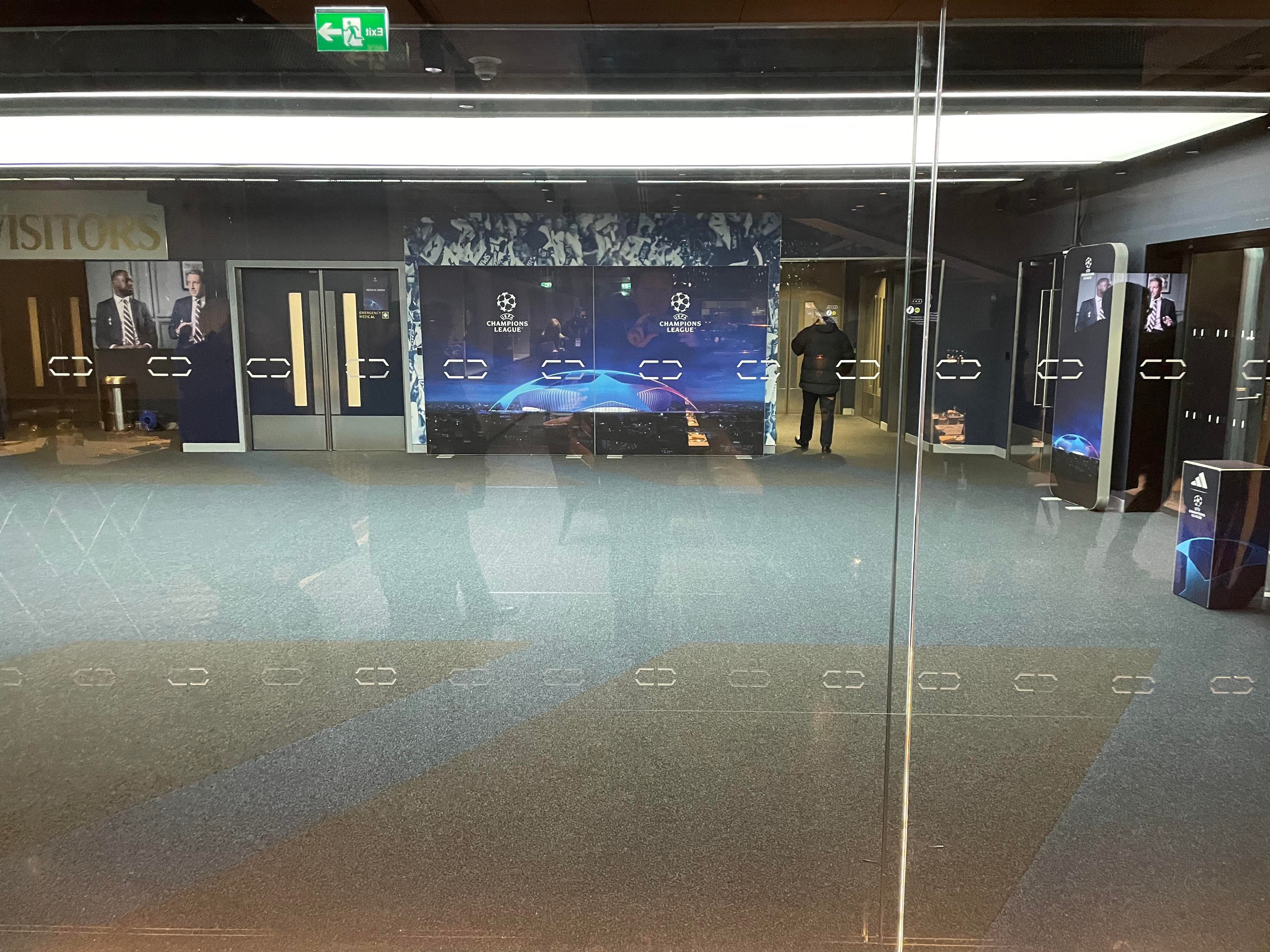
It holds up to 150 guests and seats outside which are directly behind the dugout for a very intimate feel. A £30,000 membership fee is required for this, and it costs £13,000 per seat per season.
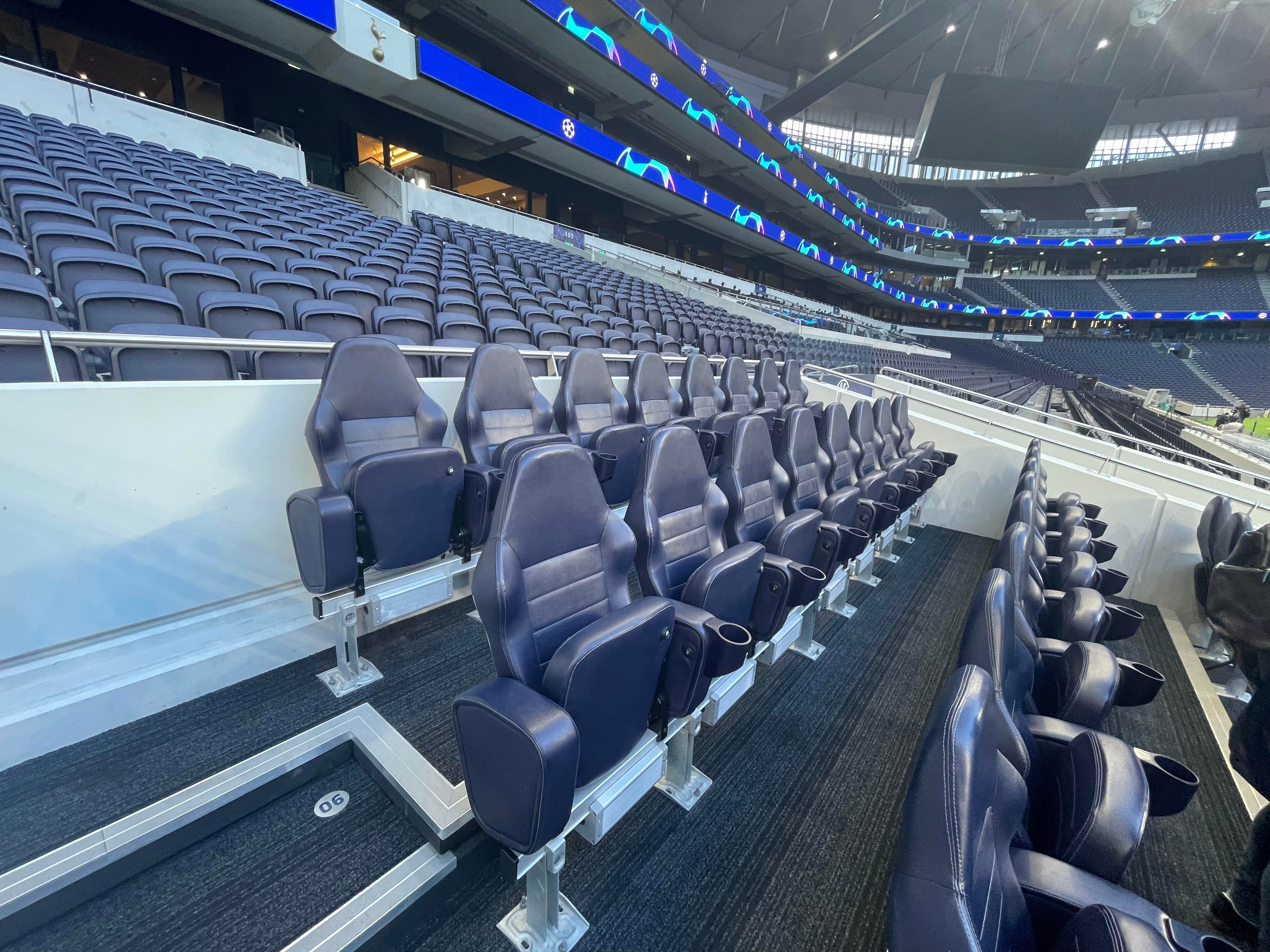
What are the benefits of having so many features? It means that Spurs are constantly using their stadium and they have an experience on offer for every kind of spectators.
They have 1,000 people per day doing tours, with more doing the Sky Walk, touring the museum and looking around the club shop. All the features were derived from a comprehensive survey that was sent out to fans when the plans to leave White Hart Lane were announced.
It is not uncommon for there to still be 15-20,000 fans left two hours after full-time in home games, because fans want to stay, eat/drink and watch the other games on offer on one of the many screens, but the club were keen to stress that local pubs have not suffered and are in fact busier than ever.
It is also worth mentioning that everything is geared around accessibility. Even the Skywalk can be done by a wheelchair user, meaning everybody is included.
Sustainability was/is also vital in the construction process. Parts of the rubble from the old White Hart Lane were crushed up and made into aggregate that adorns the concourse floors. Not only does this mean that the waste impact of the building was reduced, but it gives fans a chance to walk on history, such as where the old centre spot used to be.
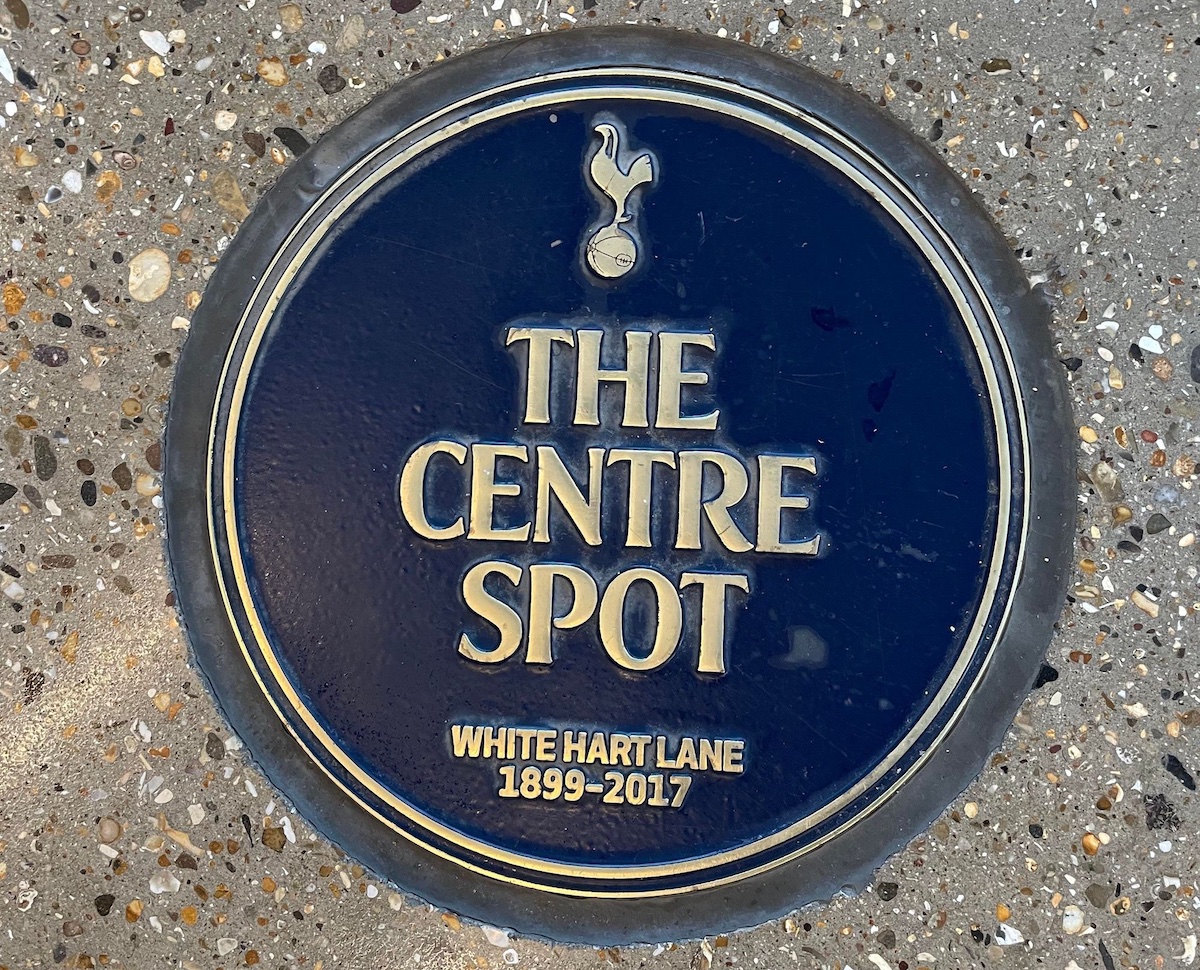
Spurs were a founder member of the 10:10 initiative in 2009, which called on individuals, businesses, schools and other organisations to cut their emissions by 10% in a year and the new stadium has helped that.
Tottenham have also joined the UN Race to Zero, committing to halve its carbon emissions by 2030 and become net zero carbon by 2040, while for a third year running they have finished top of the Premier League sustainability table produced by the UN-backed Sport Positive and published by BBC Sport.
When walking around, the Tottenham Hotspur Stadium really did give the impression of being a huge structure broken down into lots of smaller sections with each one catering to a different need and perfectly designed for that purpose.
The average fan
From first hand experience of the away section (at a game with Huddersfield back in the first season) and also the upper tier of the west side (for a Rugby League cup final in 2022), fans can rest assured that no matter where they are in the stadium they will get an incredible sightline in a comfortable seat and without having to walk to a different postcode for the toilet or to get a hot dog.
Looking at the costs for the average punter, the most reasonable comparison is with the last season at White Hart Lane in 2016-17, when the most expensive adult season ticket cost £1895 and the cheapest was £765 (mode £880), or £295 for juniors.
Below is how that compared with season ticket renewal prices for the current season, where the highest price is £2025 and the lowest is £807 for adults, with various options available for senior citizens, young adults and juniors.
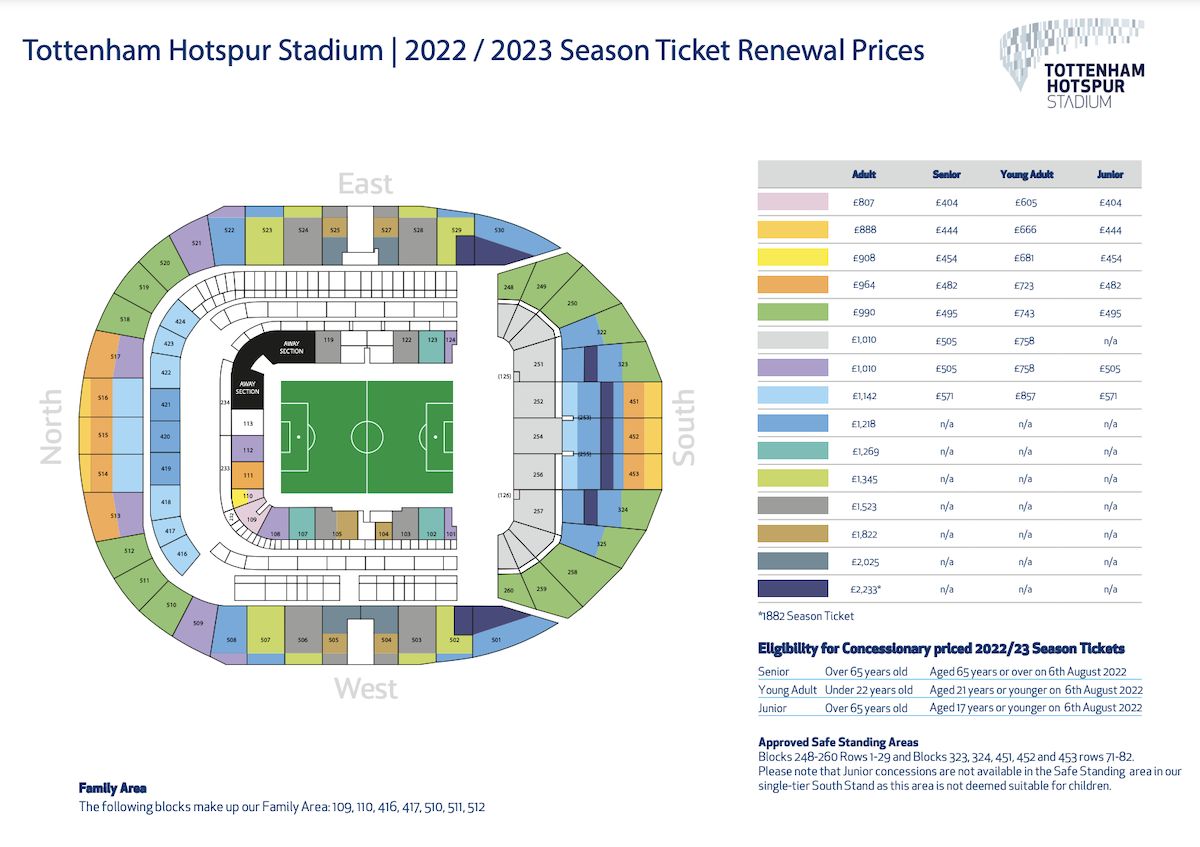
While our guide acknowledged that there had been an increase in season ticket prices and also matchday ticket prices (of which not many are available due to the demand) have increased, the club believe it is warranted because the experience they are providing is so much better than at the then-dated White Hart Lane.
Ultimately any new stadium seeks to amplify the quality of the time spent there by anyone using it, and given the €1bn investment to built something ultra-modern with every bit of convenience going for it, it does need paying for.
This directly links back to Milan where the club are under the constant watch of supporters who expect them to keep prices accessible to everyone, not just those with well-lined pockets.
In fact, the ticket prices for the group stages of the Champions League for the upcoming season were an issue that rather surprisingly divided large sections of the fan base and ultimately caused a re-evaluation from then-CEO Ivan Gazidis this season.
Despite the roughly 10% rise in season ticket prices at Spurs the demand continues to soar because they now have a home that everyone wants to visit, and it is generating revenue year round to help make that investment seem very worthwhile.
Media experience
Another aspect we were lucky to get an insight into was how the facilities are for the media, specifically journalists who cover games live from the stadium.
The process of collecting a media pass is very straightforward thanks to the designated entrance and the security checks were also quick to complete. From there you enter the M Cafe (Media Cafe) which is an area to work and liaise before the fixture.

It also provides an opportunity to eat too using the free meal voucher that comes with accreditation, and there was plenty of catering choice available in the build-up to the game against Milan.
On the Tuesday we attended Stefano Pioli’s press conference in the Auditorium, a room used for seminars and executive presentations as well. It has fixed theatre-style seating for up to 125 guests, with a state-of-the-art screen behind the stage.
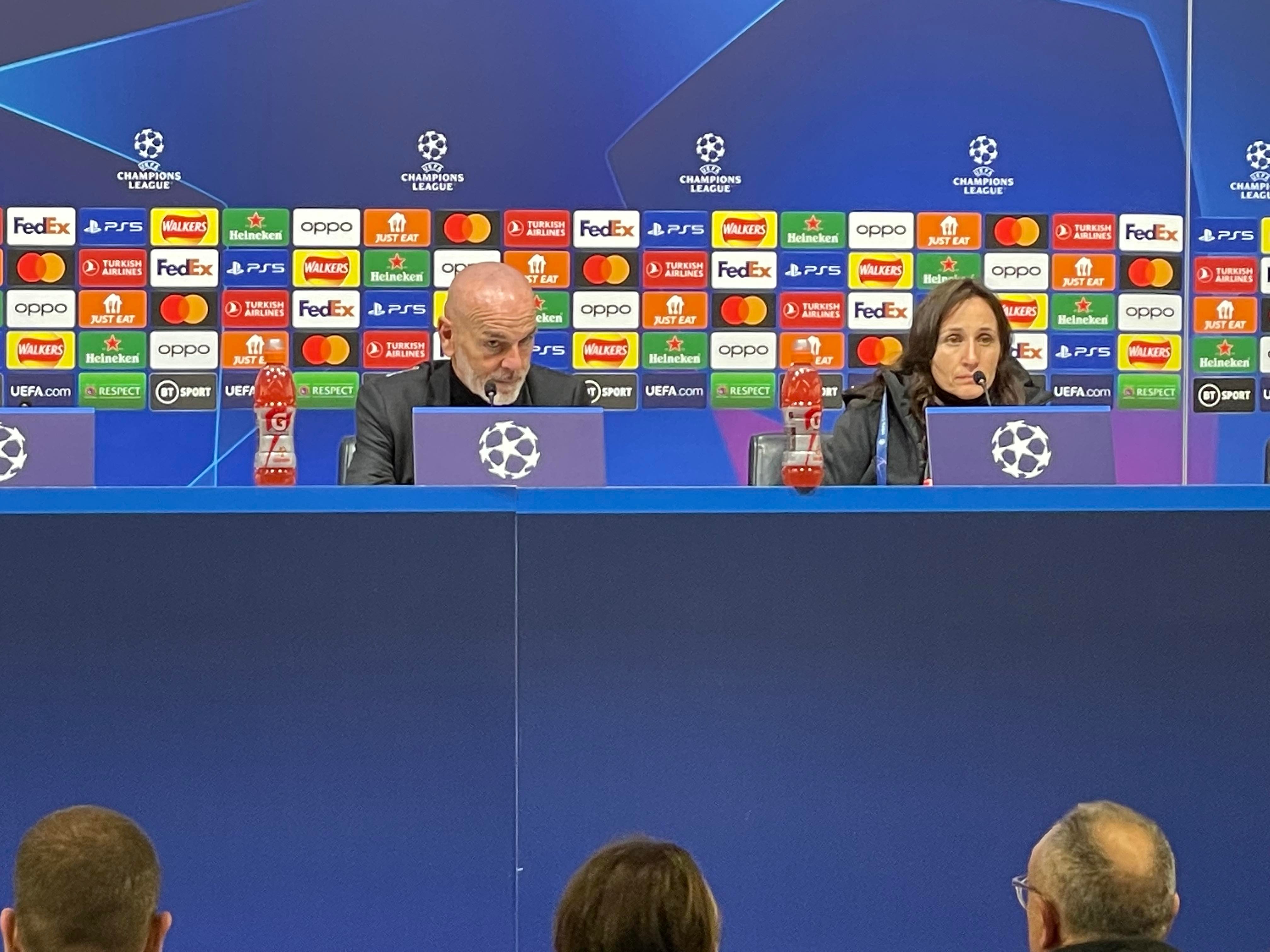
Members of the written media are allocated a seat on the Media Gantry which is on the second level. It is between the halfway line and the northern end of the stadium, on the same side as the tunnel, and features swivel chairs which help in following the action.
Between every two seats there is a 4K screen showing replays from TV feeds during the game, while there are also two plug sockets available per person and the stadium WiFi was the quickest on memory.
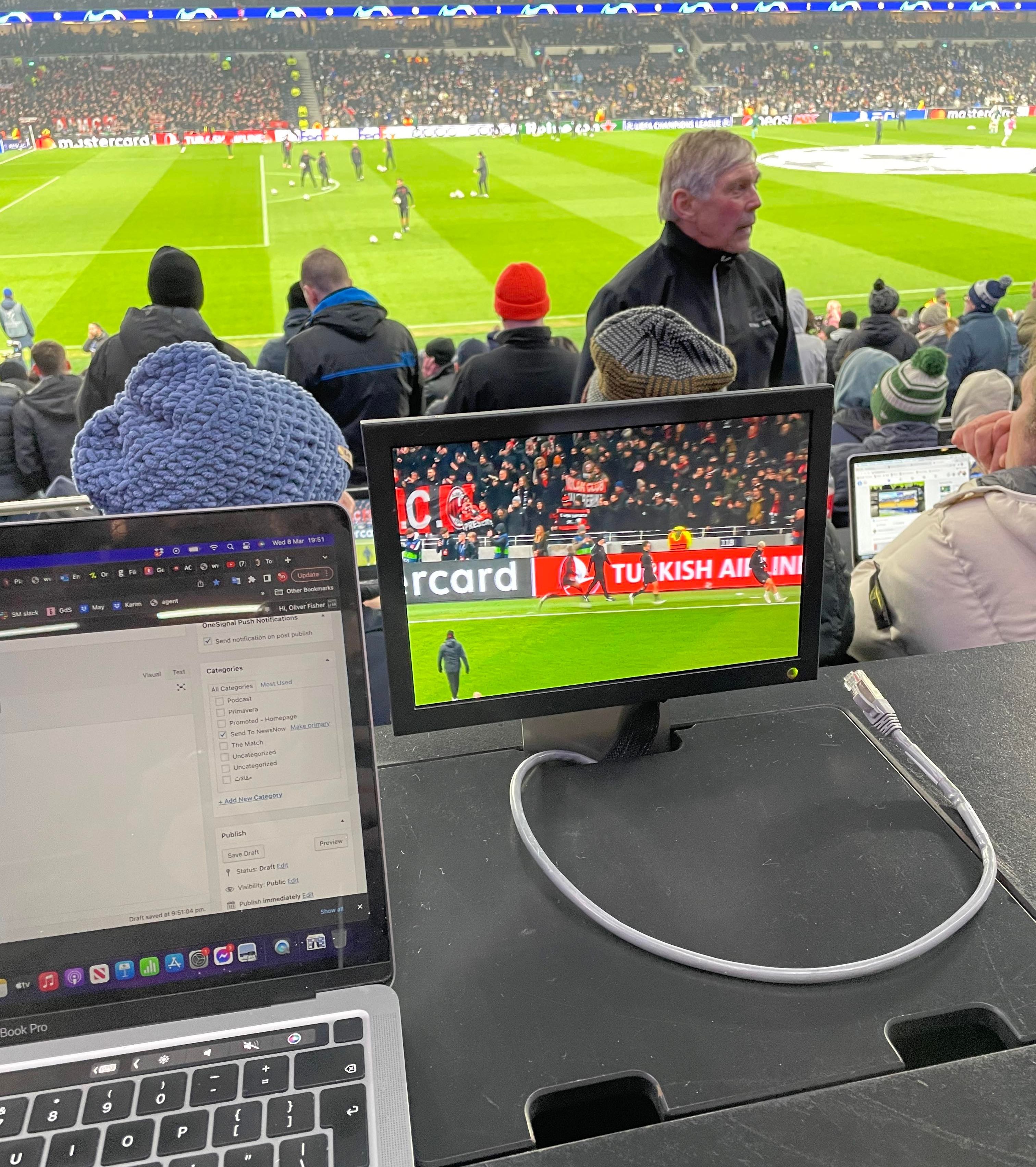
Conclusion
Of course it goes without saying that football clubs are not primarily businesses and these are not just slabs of concrete and steel girders we are talking about. Every inch of San Siro has seen decades of memories and the stadium is a spiritual home for so many people – that is something very special in an era where football is moving more away from nostalgia and more towards treating fans as customers.
However, the old adage of ‘you have to speculate to accumulate’ rings true. What good are memories if there aren’t more being created all the time? That day in 2007 in Athens is now over 15 years old and Milan haven’t got close to repeating the success since.
The only way to reclaim a position as one of Europe’s elite sides – the only justifiable vision for a club with Milan’s size and statue – is to bridge the gap with revenues. Paolo Maldini admitted it, virtually everyone at the club has, because it offers so much more freedom in spending to improve the squad.
Spurs were at White Hart Lane for over 100 years and while their fans might point to a lack of recent trophies there is no doubt they are heading in the right direction with a home that they can boast to the world about. It is time for Milan to take that same leap of faith.

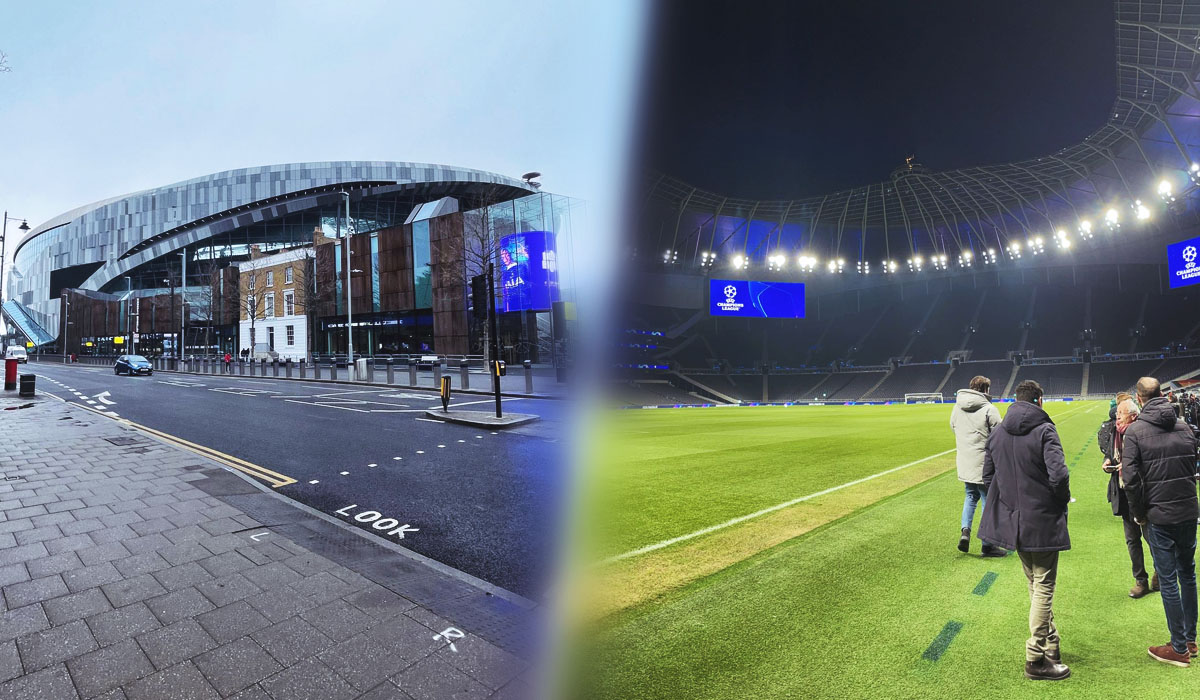
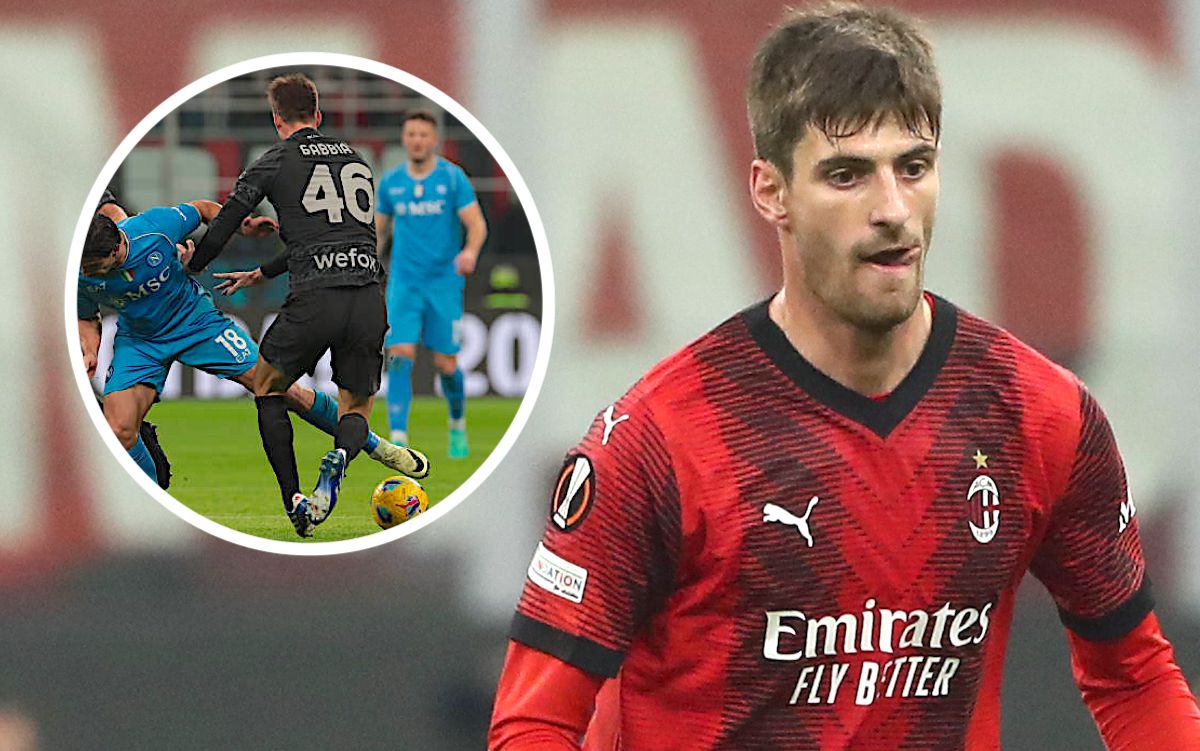


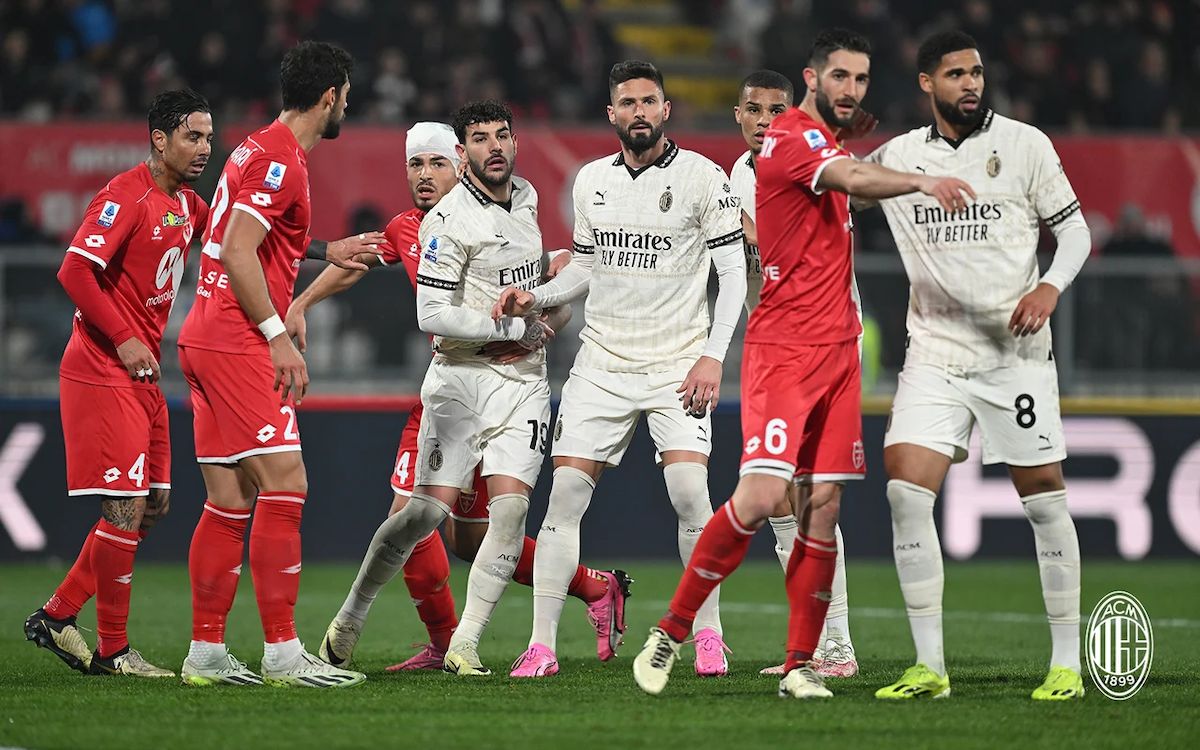
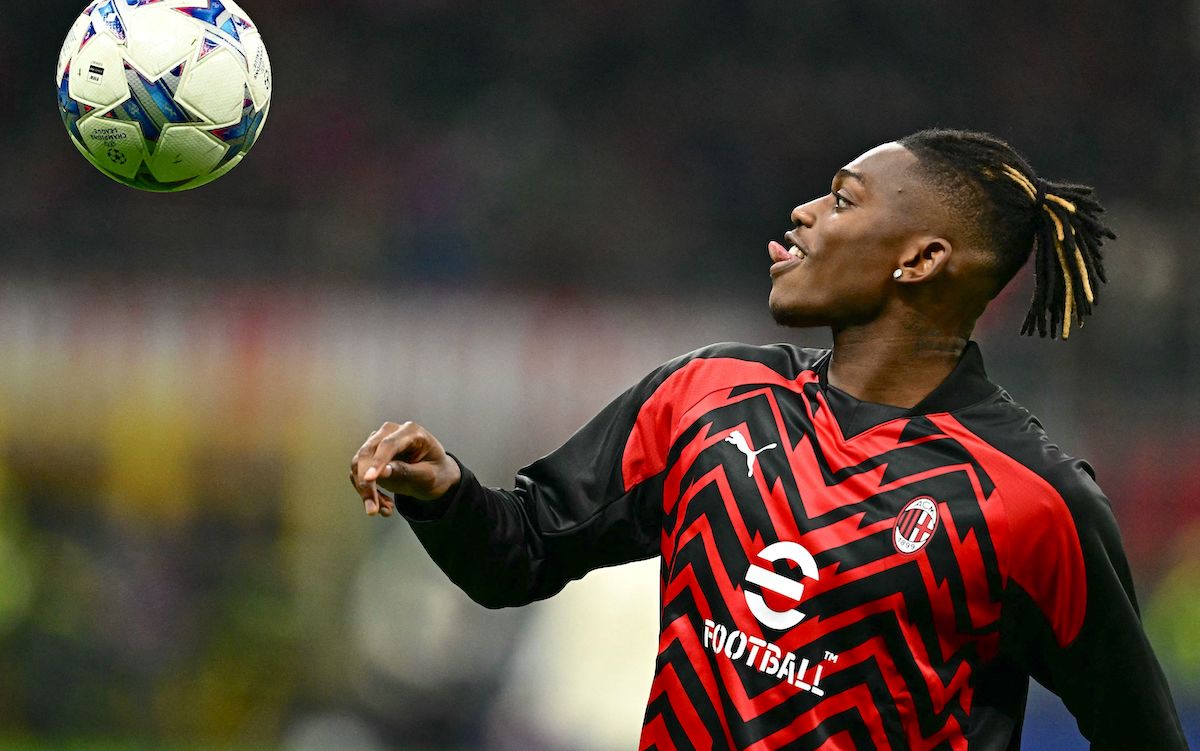

Indeed! Having Oliver and the management to have a first hand experience and tour is just great! I’m so impressed with his vivid and lucid descriptive style, it was as if I was there present! The painful thing was that Giuseppe sala and those greedy mayor wasn’t there to see it.
Can Milan do that?
Tottenham did demolition of old stadium.
Milan would have some kind of competition in Old San siro, and new stadium of Inter Milan.
Ac new stadium probably can’t reach stadium revenue like Tottenhams except of income of ticket sale and not paying loan to city council.
But owners might have different information. And this year Milan should have bigger revenue because stadium was full in comper to year before.
Milan should build new stadium. But San Siro should be went through demolition and the best option for both party should be best if 2 clubs build 1 giant new stadium. Where 2 clubs share cost and income from “other stadium revenue” but each club has its own revenue from tickets sale. You can see how tickets revenue are directly connected to pitch success, how in serie a and how in Europe.
Secon part is that English citizens are more richer than Italian. So thay can afford bigger price tickets or to be tourist in stadium for other costs.
Basically this is what happens when liberalism runs the city. The businesses don’t their own stuff, pay high taxes to the city just to be there and they make sure you can never climb too high because of this.. been long overdue we stopped paying rent to the city and just built our own place instead. With this we can stop paying them and actually keep our revenue and we can add new amenities to improve the fan experience and make more revenue at the same time. Very very long overdue.
Brilliant insight, thanks for sharing the first hand experience, Oli!
Good stuff here.
Tottenham built this stadium with an eye toward NFL money and the American market- the club has outsized support among Americans, especially considering that spuds remain a glorified neighborhood club. They most certainly got the drop on the rest of London, but didn’t get the immediate monetary benefit due to the pandemic, which has driven them to continue skimping on player spending/acquisition.
Milan/inter couldn’t build anything approaching this because they could never generate the revenue for a suitable rate of return on investment.
The rest of the sports world has built with the idea that somewhat smaller capacity is better, and that it is preferable to use the ground as a retail space, and attract those patrons/consumers, rather than worry about trying to fill the upper tank with 10$£€ fans who won’t spend while at the stadium. I’d anticipate that they would build something around 45,000 at a cost of €250M-€300M.
kinda stupid to build a 45k stadium when we average 75k per game in an ancient san siro. Any ways even a 45k stadium is at least 500 million
I’m sorry but if the club isn’t about the 10 dollar fans it isn’t for me. All that money and Tottenham’s atmosphere sucks. Our average attendance is currently 72,000 per game. This stadium better be at least 75,000.
Excellent report. Well done.
If council of Milano had at least a minumum amount of common sense they could just give Inter and Milan a 99year lease on the San Siro and the property so it would make sense for the Clubs to invest into updating the stadium and surounding property into shoops and malls for the clubs to get ROI. And they City of Milano would not have one big delapedating stadium in theri hands